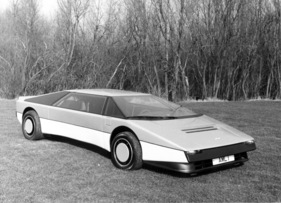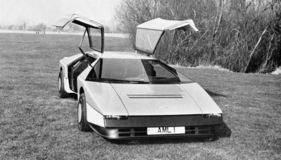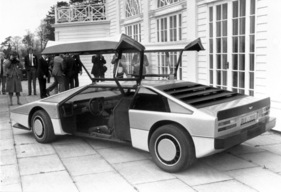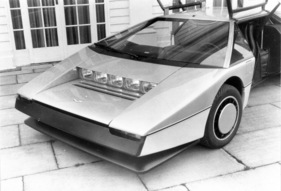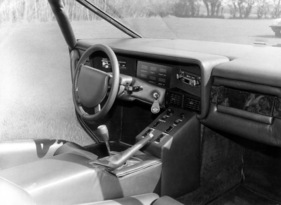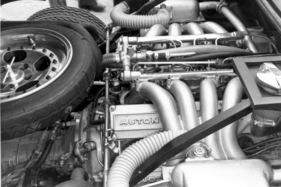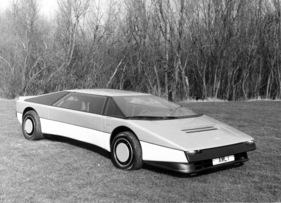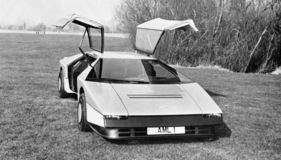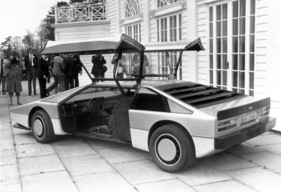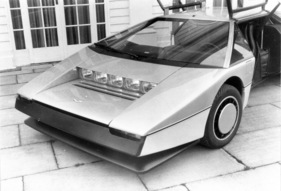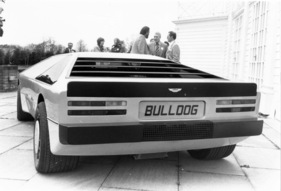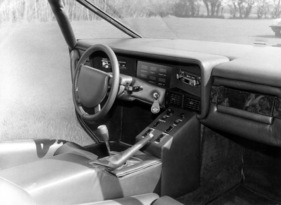Aston Martin Bulldog from 1980 - a 300 km/h fast bulldog
Summary
Aston Martin started the 1980s with the Lagonda saloon. It was so radically new that it did not fit in at all with the sports cars from Newport Pagnell. But this could be remedied. In 1980, the Aston Martin Bulldog was presented, a futuristic mid-engined two-seater that was to embody the future of the sports car. But only the prototype was built. This report describes the history and technical characteristics of this interesting one-off and shows it in pictures, some of which have hardly been seen before, and in the press documents of the time.
This article contains the following chapters
- Edgy and futuristic
- Sale of the prototype marked an early end
- Functional technology for 300 km/h
- Fully functional luxury interior
- Flat and wide
- Conventional vehicles preferred
- Further information
Estimated reading time: 5min
Preview (beginning of the article)
Aston Martin started the 1980s with the Lagonda saloon. It was so radically new that it did not fit in at all with the sports cars from Newport Pagnell. But this could be remedied. Introduced in 1980, the Bulldog was a futuristic mid-engined two-seater that was to embody the future of the sports car. A small series production of 12 to 25 cars was planned, but this never happened. The future wanted it differently. William Towns, the designer in charge at Aston Martin in the 1970s, had been known for his extremely angular style since the Lagonda saloon at the latest. So when he set about designing a new sports car for the brand, nobody was likely to be surprised by the extremely futuristic result. However, many fans of the brand would have expected a little more automotive sensitivity instead of the extreme trapezoidal shape, which was more reminiscent of an oversized pocket calculator than a car.
Continue reading this article for free?
Photos of this article


